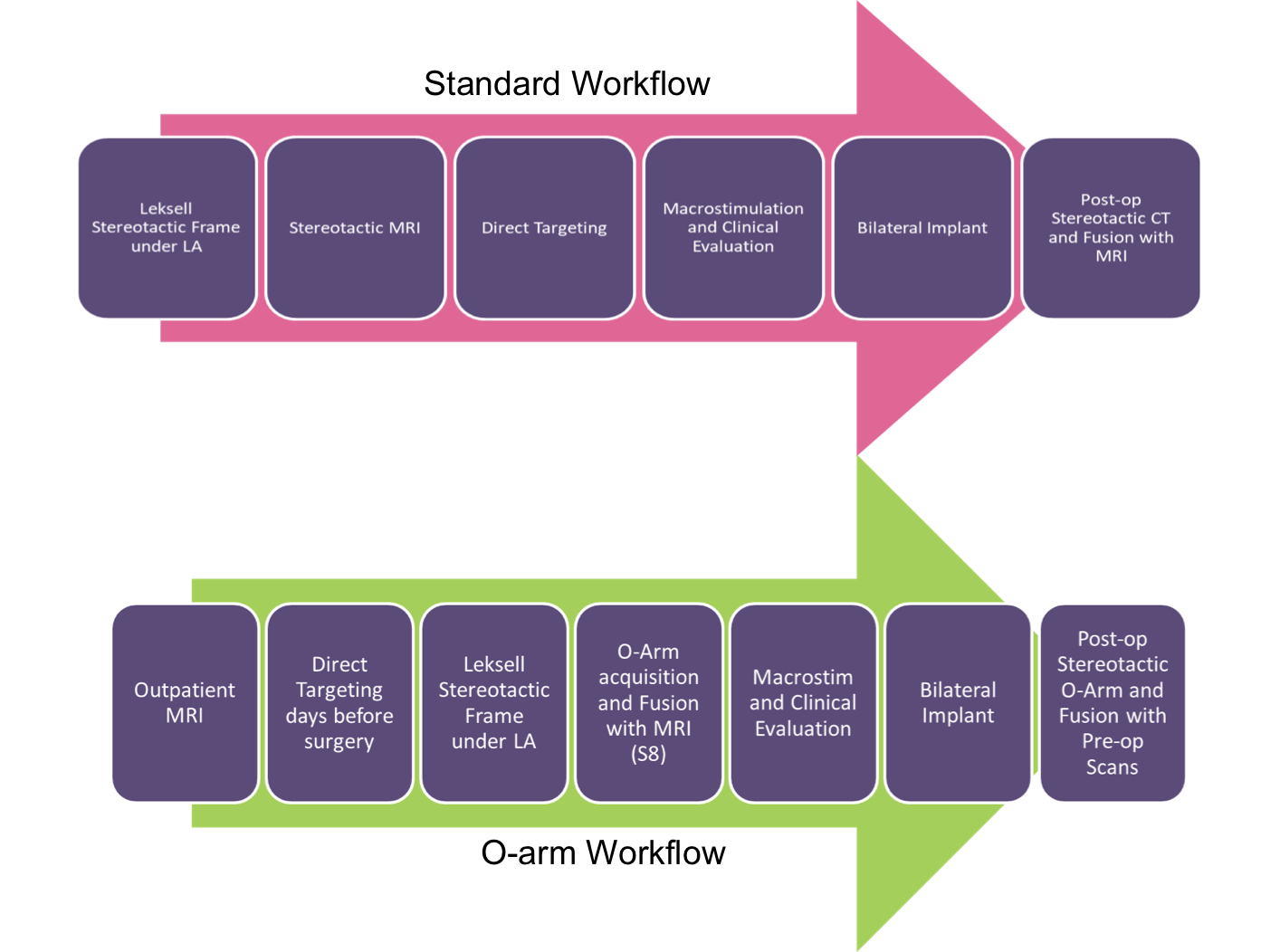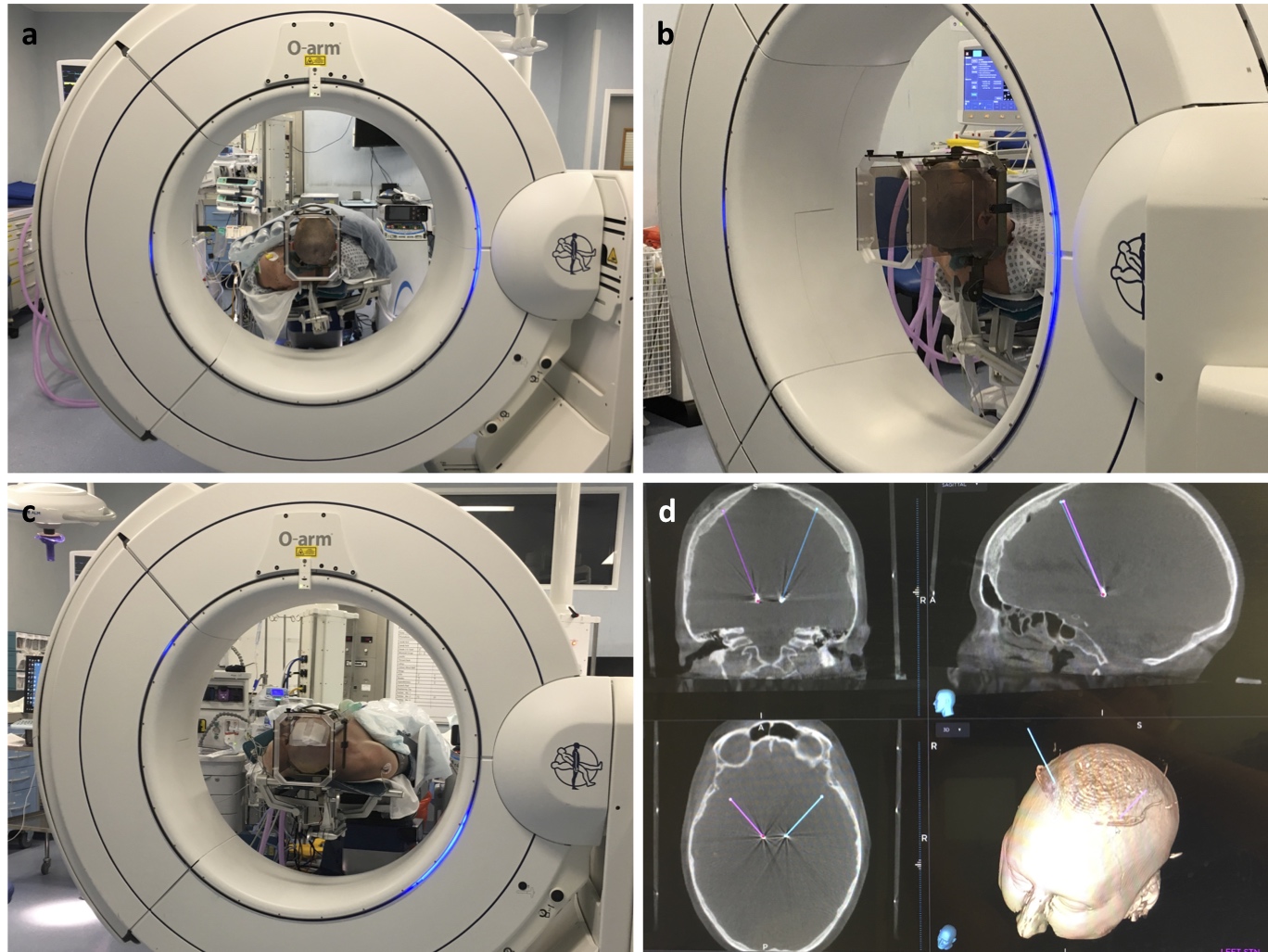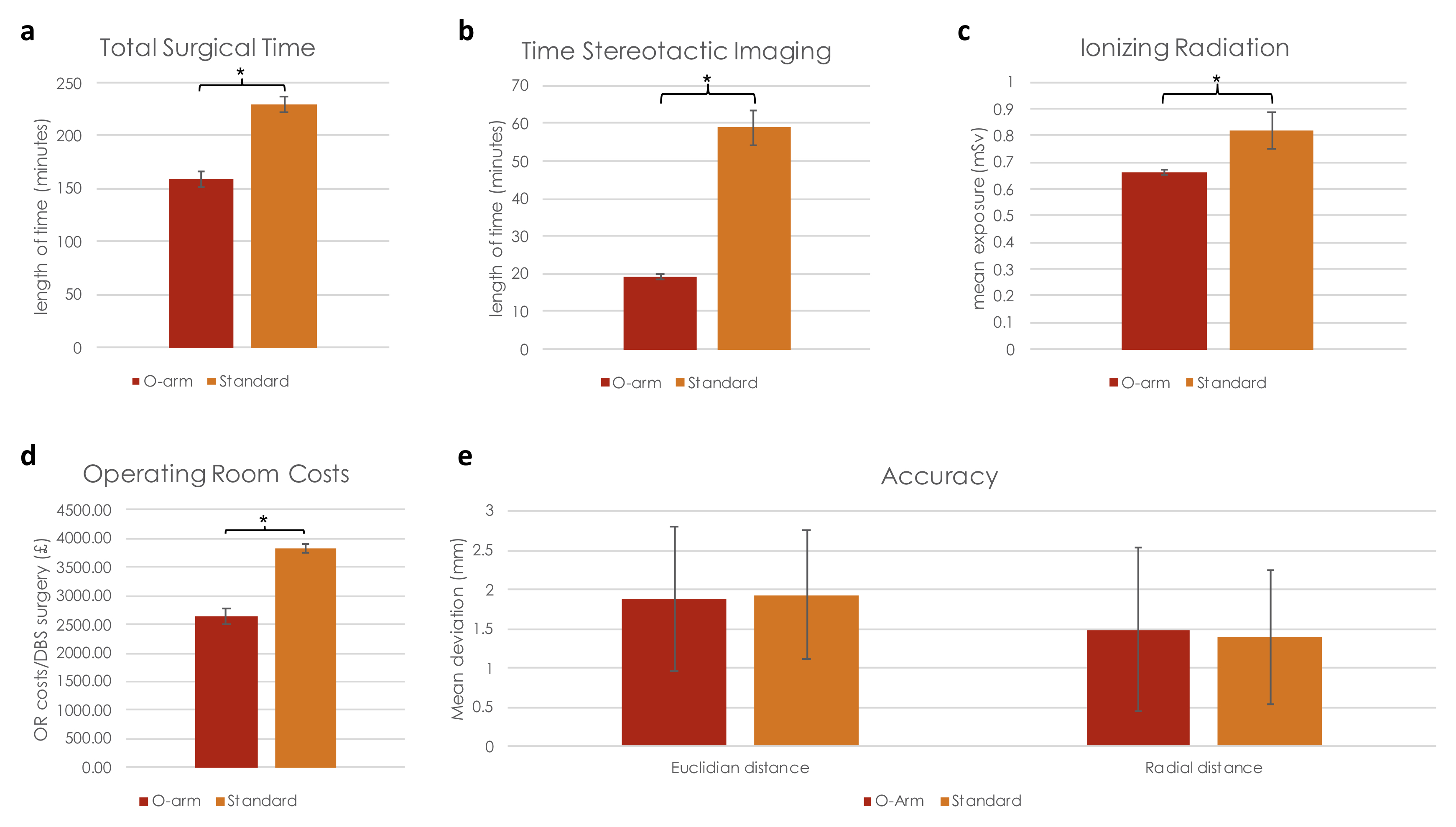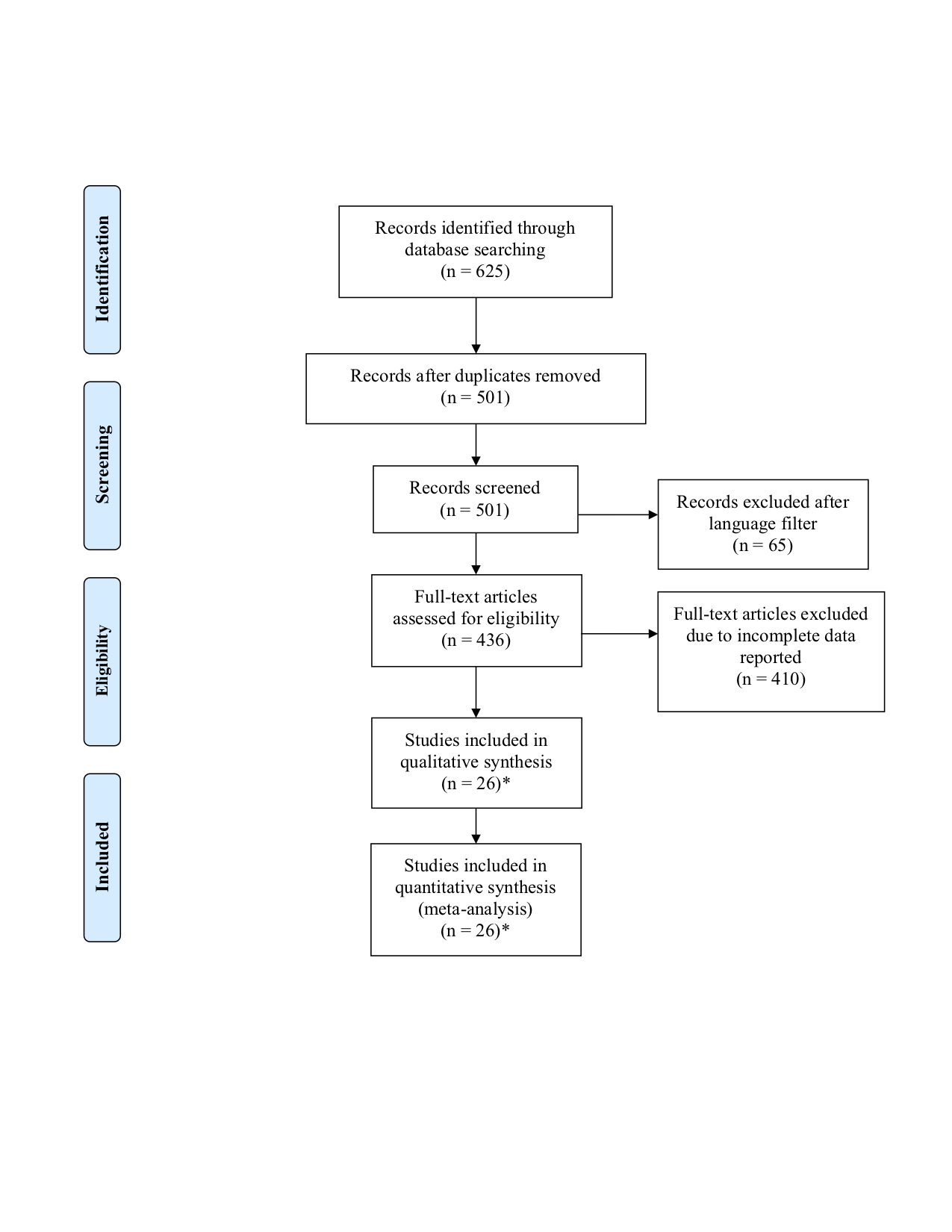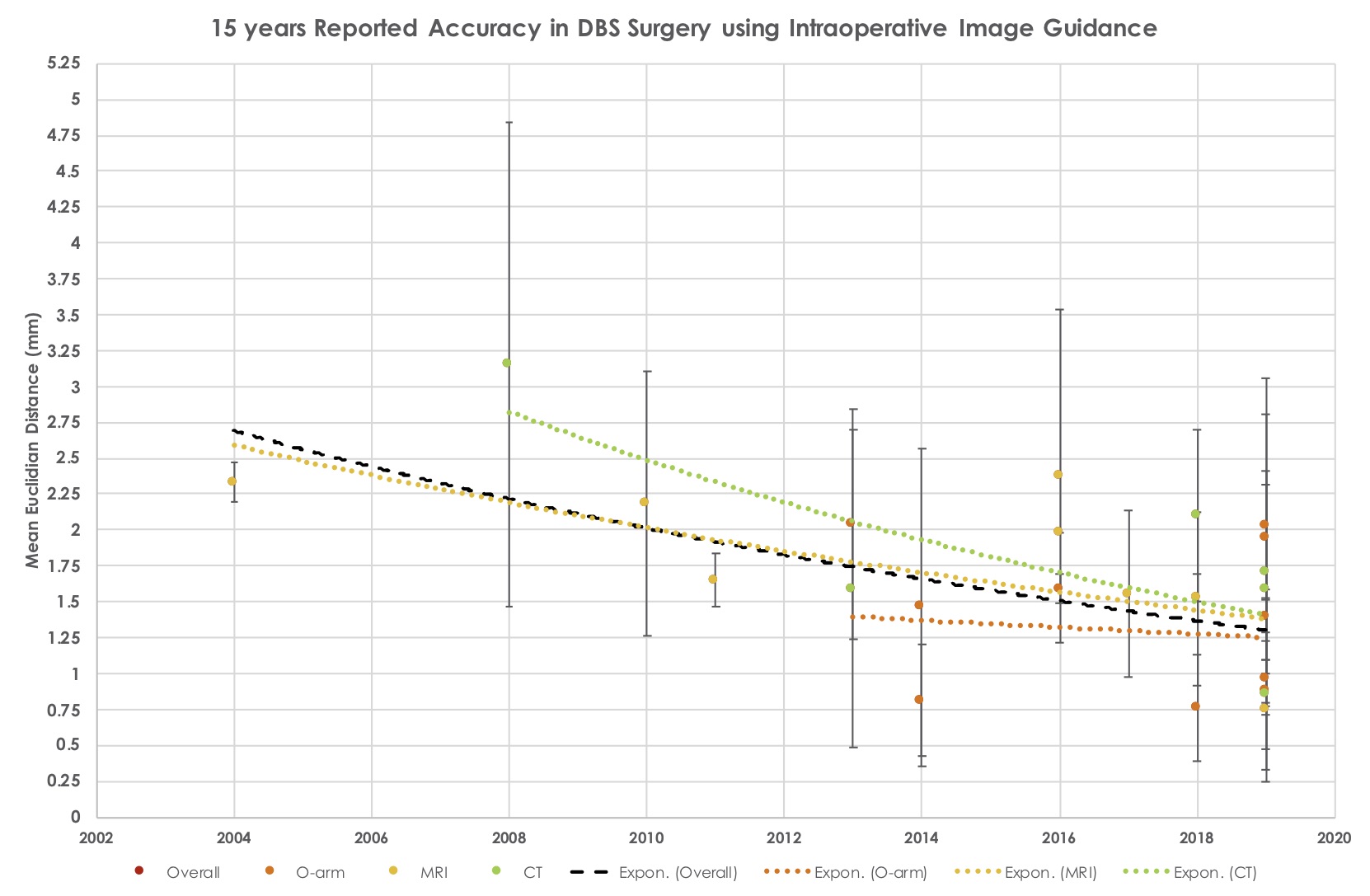Category: Technology
Objective: This study aimed to evaluate the safety and feasibility of using the Medtronic O-arm device for the acquisition of intraoperative stereotactic imaging, targeting, and localization of DBS electrodes compared with standard stereotactic MRI or CT. The outcomes evaluated included targeting accuracy, total surgical time, length of time of acquisition of stereotactic images, the degree of exposure to ionizing radiation, cost, and the availability of surgical and imaging suites.
Background: Advances in neuroimaging techniques, including stereotactic computed tomography (CT), magnetic resonance imaging (MRI), and intraoperative imaging technology, have resulted in improved targeting accuracy that may improve clinical outcomes in deep brain stimulation surgery.
Method: Patients were recruited prospectively into the study. Routine frame-based stereotactic DBS surgery was performed. Intraoperative imaging was used to facilitate and verify the accurate placement of the intracranial electrodes. The acquisition of coordinates and verification of the position of the electrodes using the O-arm were evaluated in 64 patients and compared with conventional stereotactic MRI or CT in 16 patients. Additionally, a systematic review of the literature on the use of intraoperative imaging in DBS surgery was performed.
Results: Patients studied had a mean age of 44.2 years. The indications for DBS surgery included dystonia (43.7%), Parkinson’s disease (43.7%), essential tremor (7.5%), and epilepsy. The globus pallidus internus was the most commonly targeted region (43.7%), followed by the subthalamic nucleus (35%). Stereotactic O-arm imaging reduced the overall surgical time by 68 minutes, reduced the length of time of acquisition of stereotactic images by 77%, reduced patient exposure to ionizing radiation by 24.2%, significantly reduced operating room costs per procedure by 31%, and increased the OR and neuroradiology suite availability without reducing accuracy.
Conclusion: The use of the O-arm in DBS surgery workflow significantly reduced the duration of image acquisition, the exposure to ionizing radiation, costs, and increased the availability of surgical and imaging facilities when compared with standard stereotactic MRI or CT. Stereotactic planning and localization of DBS electrodes using the O-arm was found to be accurate and was not inferior to standard methods.
To cite this abstract in AMA style:
L. Furlanetti, H. Hasegawa, A. Oviedova, A. Raslan, M. Samuel, R. Selway, K. Ashkan. O-arm stereotactic imaging in deep brain stimulation surgery workflow: A utility and cost-effectiveness analysis [abstract]. Mov Disord. 2020; 35 (suppl 1). https://www.mdsabstracts.org/abstract/o-arm-stereotactic-imaging-in-deep-brain-stimulation-surgery-workflow-a-utility-and-cost-effectiveness-analysis/. Accessed December 27, 2025.« Back to MDS Virtual Congress 2020
MDS Abstracts - https://www.mdsabstracts.org/abstract/o-arm-stereotactic-imaging-in-deep-brain-stimulation-surgery-workflow-a-utility-and-cost-effectiveness-analysis/

